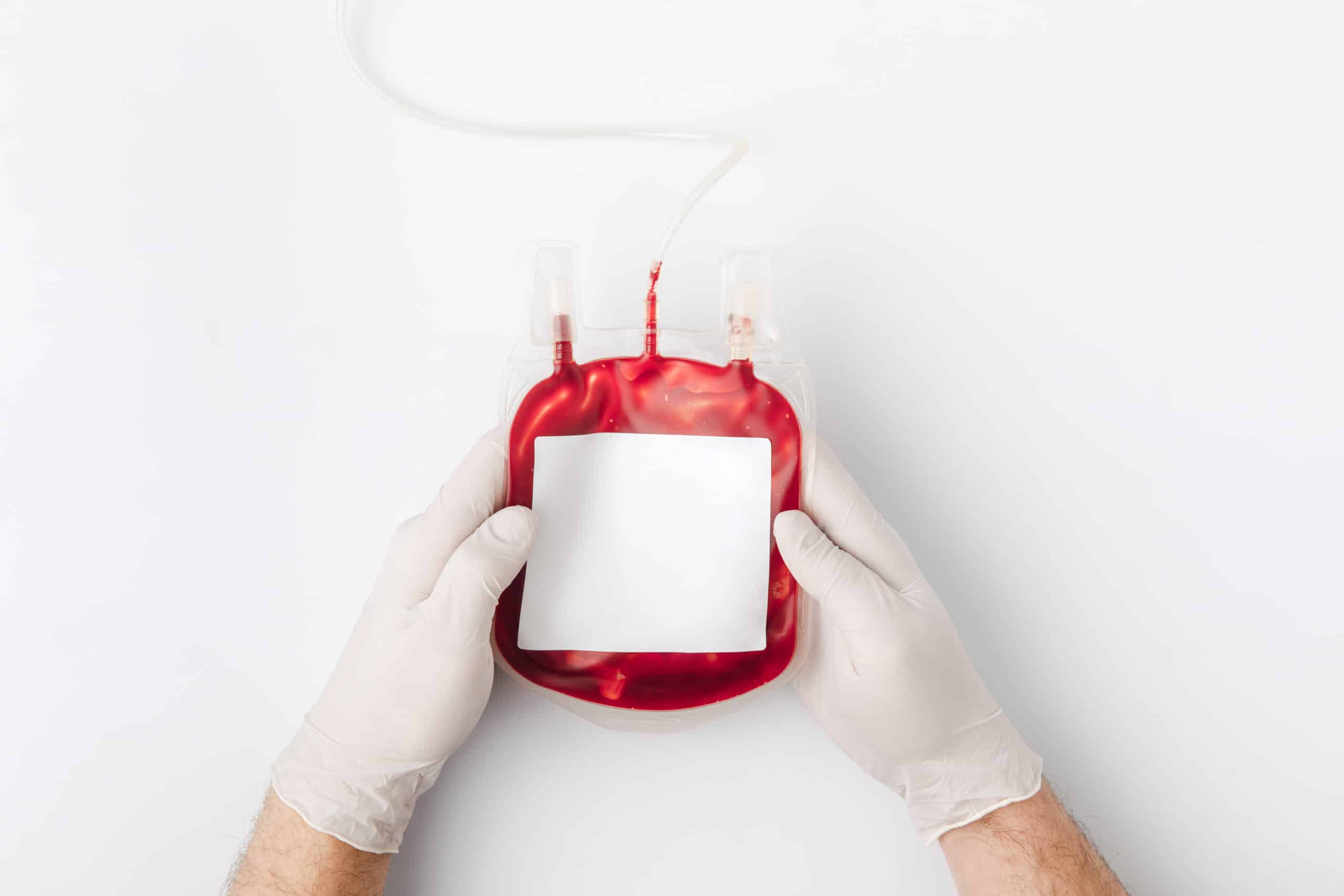If the artificial blood successfully moves through human trial this could be a breakthrough that proves to be extremely useful, especially in cases of a rare blood type and in places where a blood type isn’t available.
“It is difficult to stock a sufficient amount of blood for transfusions in such regions as remote islands,” Manabu Kinoshita, associate professor of immunology at the National Defense Medical College and co-author of the paper, told Asahi. “The artificial blood will be able to save the lives of people who otherwise could not be saved.”
In study is published in the journal Transfusion, and the scientists report the artificial blood can also be used to treat patients before the arrive at the hospital since medical professionals would not have to confirm the patient’s blood type before a transfusion.
The artificial blood consists of red blood cells and platelets that can be stored at room temperature for over a year safely, according to the scientists; the platelets ensure that the artificial blood will clot and heal over time, while the red blood cells ensure that oxygen reaches vital organs.
Although the artificial blood has not been tested in humans, it has been successfully tested in rabbits, where it is reported by the scientists to have managed to save most of the animals from “trauma-induced massive hemorrhage”.
Abstract:
“STUDY DESIGN AND METHODS
Thrombocytopenia (PLT count approximately 40,000/μL) was induced in rabbits by repeated blood withdrawal and isovolemic transfusion with autologous RBCs. Thereafter, lethal hemorrhage was induced in rabbits by noncompressible penetrating liver injury. Subsequently, H12‐(ADP)‐liposomes with platelet‐poor plasma (PPP), platelet‐rich plasma (PRP), or PPP alone were administered to stop bleeding. Once achieving hemostasis, HbVs, allogeneic RBCs, or 5% albumin were transfused into rabbits to rescue them from fatal anemia following massive hemorrhage.
RESULTS
Administration of H12‐(ADP)‐liposomes/PPP as well as PRP (but not PPP) effectively stopped liver bleeding (100% hemostasis). The subsequent administration with HbVs as well as RBCs after hemostasis markedly rescued rabbits from fatal anemia (75% and 70% survival for 24 hr, respectively). In contrast, 5% albumin administration rescued none of the rabbits.
CONCLUSION
Combination therapy with H12‐(ADP)‐liposomes and HbVs may be effective for damage control resuscitation of trauma‐induced massive hemorrhage.”




